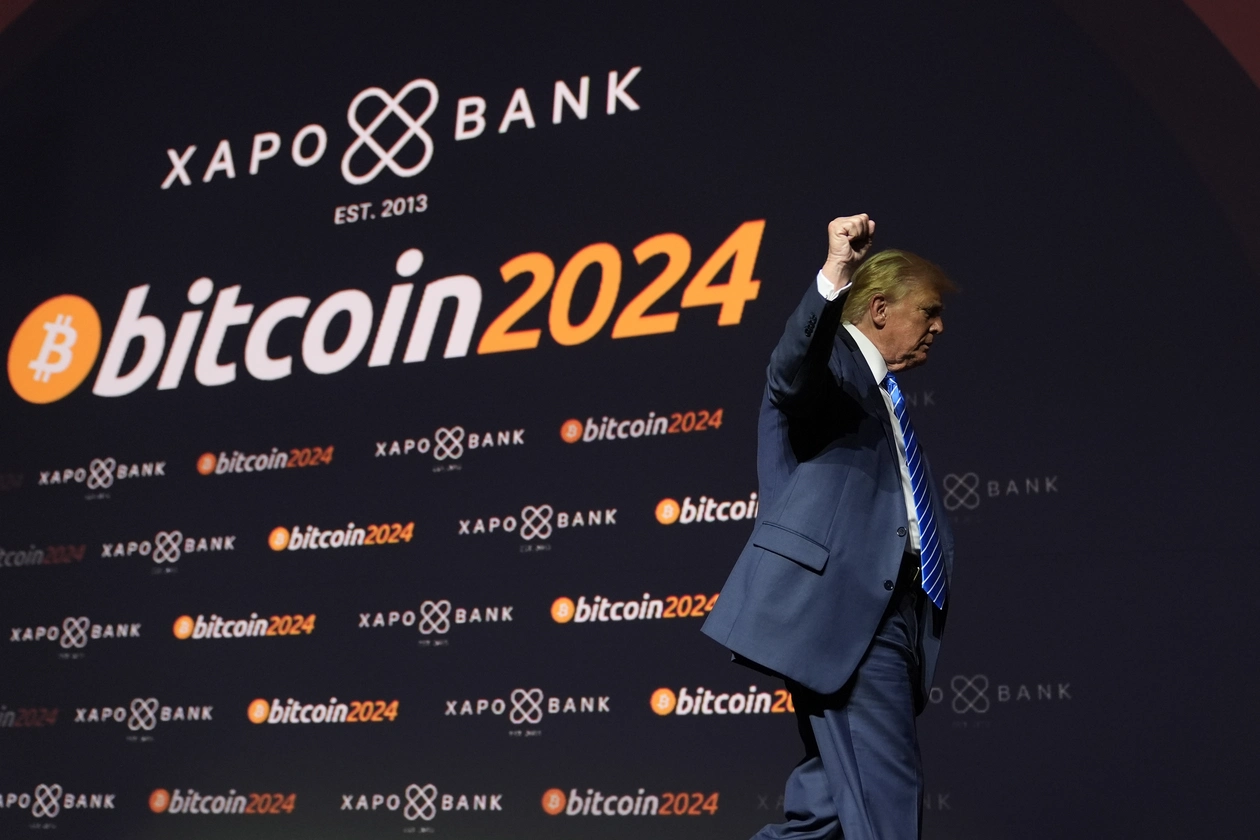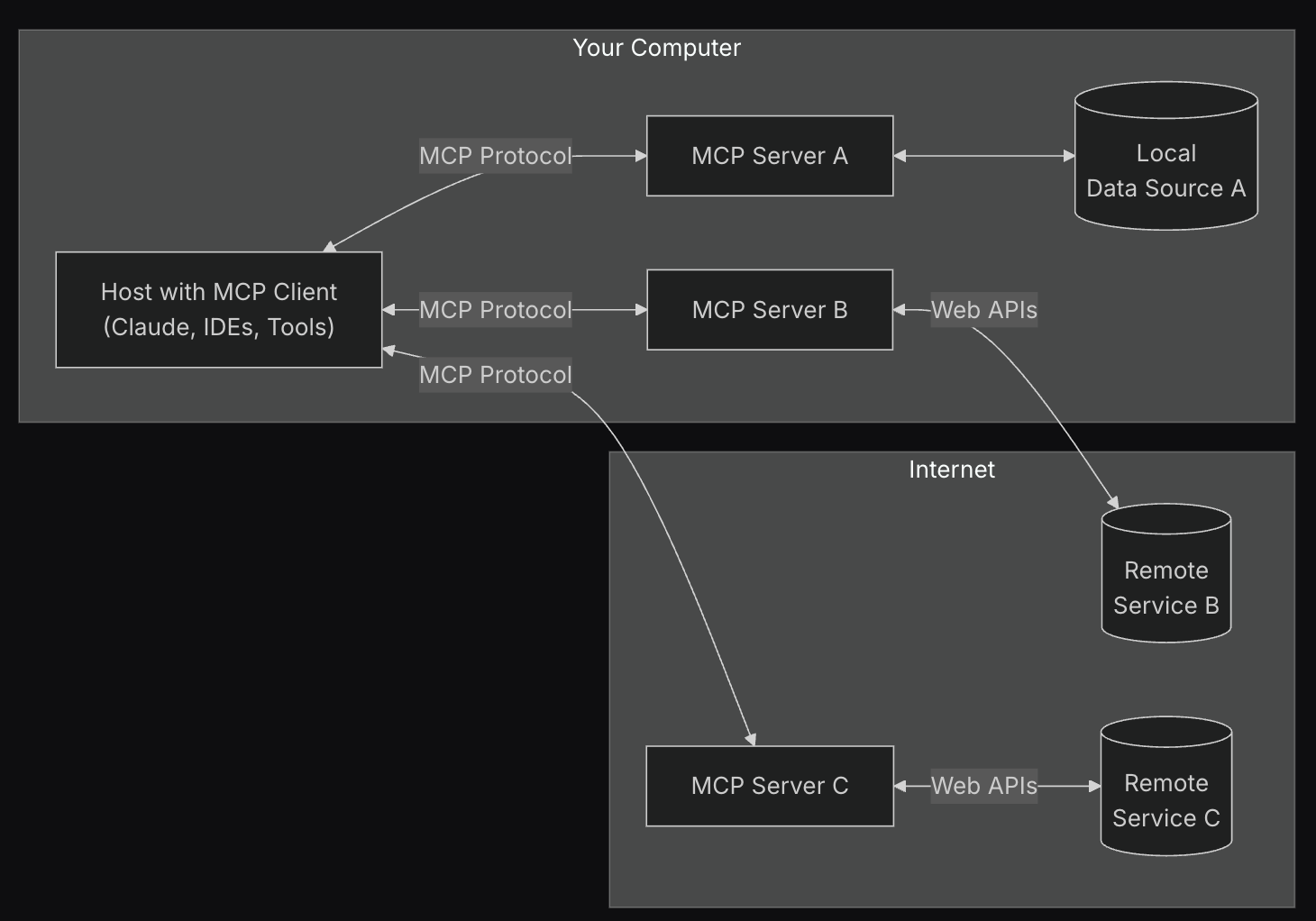
The narrative around Bitcoin’s price volatility has long centered on retail investor sentiment, hype cycles, and macroeconomic trends. But in a surprising pivot, Matthew Lee, COO of crypto exchange MEXC, argues that stablecoins—not retail demand—now hold the reins over Bitcoin’s market movements. In a recent interview, Lee claimed that the liquidity, issuance, and flows of stablecoins like Tether (USDT) and USD Coin (USDC) have become the dominant force shaping BTC’s price action. Here’s why this shift matters and what it means for the future of crypto markets.
The Rise of Stablecoin Dominance
Stablecoins, cryptocurrencies pegged to fiat currencies like the U.S. dollar, have quietly become the backbone of crypto trading. They accounted for over 75% of all cryptocurrency trading volume in 2024, up from 50% in 2021, per CoinGecko data. Lee explains:
“Stablecoins are no longer just a bridge between fiat and crypto—they’re the engine of liquidity. When stablecoin inflows surge, exchanges use them to facilitate large Bitcoin trades, often before retail even reacts. This creates a feedback loop where BTC’s price becomes tied to stablecoin dynamics rather than organic retail buying.”
Key drivers of this shift include:
- Institutional Participation: Hedge funds and algorithmic traders rely on stablecoins for rapid, high-volume arbitrage.
- Regulatory Pressures: Banks and traditional finance players prefer transacting in regulated stablecoins over volatile cryptocurrencies.
- Emerging Markets: In countries with unstable currencies, stablecoins serve as de facto dollars, funneling capital into Bitcoin as a hedge.
How Stablecoins Dictate Bitcoin’s Price
Lee outlined three mechanisms linking stablecoins to BTC’s valuation:
1. Liquidity Arbitrage
Stablecoin issuers like Tether mint new tokens (e.g., USDT) in response to market demand. When institutions deposit dollars to mint USDT, exchanges use that liquidity to buy Bitcoin, often preemptively. This creates upward pressure on BTC before retail traders enter the fray.
2. Derivatives Market Leverage
Over 80% of Bitcoin futures and options trades are collateralized by stablecoins, not BTC itself. When traders leverage stablecoins to open long or short positions, it amplifies price swings. For example, a spike in USDT-backed longs can trigger cascading liquidations, accelerating BTC’s volatility.
3. Cross-Exchange Settlement
Stablecoins act as a universal settlement layer across global exchanges. Sudden USDT movements between platforms (e.g., from Binance to Coinbase) often signal coordinated institutional buys or sells, which algorithms detect and exploit faster than humans.
Retail’s Fading Influence
Retail investors once drove Bitcoin’s bull runs, as seen in 2017’s FOMO-driven surge. But today, their impact is diluted:
- Data: Retail-centric platforms like Robinhood now account for less than 10% of BTC spot volume, down from 35% in 2021.
- Behavior: Post-2022 bear market, retail holders prioritize HODLing over active trading, reducing their market-moving power.
- Competition: Memecoins and altcoins now absorb retail speculation, leaving Bitcoin to institutions and whales.
Lee notes:
“Retail investors still matter, but they’re followers, not leaders. By the time they pile into BTC, institutions have already positioned themselves via stablecoin flows.”
Risks and Implications
While stablecoins provide liquidity, their outsized influence introduces vulnerabilities:
- Centralization Risks: Tether (USDT) alone backs 68% of stablecoin volume. A regulatory crackdown or audit controversy could destabilize Bitcoin.
- Shadow Banking: Opaque stablecoin reserves and off-chain settlements mimic traditional finance’s systemic risks.
- Market Manipulation: Large issuers or exchanges could theoretically manipulate BTC’s price by minting or burning stablecoins strategically.
Lee warns:
“Bitcoin’s price is becoming a derivative of stablecoin mechanics. If regulators clamp down on USDT or USDC, BTC could face unprecedented sell-offs.”
What’s Next for Bitcoin and Stablecoins?
The symbiosis between Bitcoin and stablecoins is likely to deepen:
- CBDC Integration: Central bank digital currencies (CBDCs) could compete with private stablecoins, reshaping liquidity flows.
- Stablecoin-Backed ETFs: A proposed USDT ETF might further entangle stablecoins with BTC’s price discovery.
- Decentralized Stablecoins: Projects like MakerDAO’s DAI could reduce reliance on centralized issuers like Tether.
Conclusion: A New Era of Market Dynamics
Bitcoin’s evolution from a retail-driven asset to one steered by stablecoin liquidity marks a maturation of crypto markets—but also a centralization paradox. While Satoshi Nakamoto envisioned Bitcoin as independent of traditional finance, its price now hinges on the very systems it aimed to disrupt.
For investors, this means watching stablecoin metrics (minting rates, reserve audits, cross-chain flows) is as critical as tracking BTC’s halvings or ETF approvals. As Lee puts it:
“The tail is wagging the dog. To predict Bitcoin’s next move, forget Elon’s tweets—follow the stablecoins.”
Disclaimer: This article is based on public statements and market analysis. It is not financial advice. Cryptocurrency investments carry high risk; conduct your own research.
Stay informed. Stay liquid. 🚀







